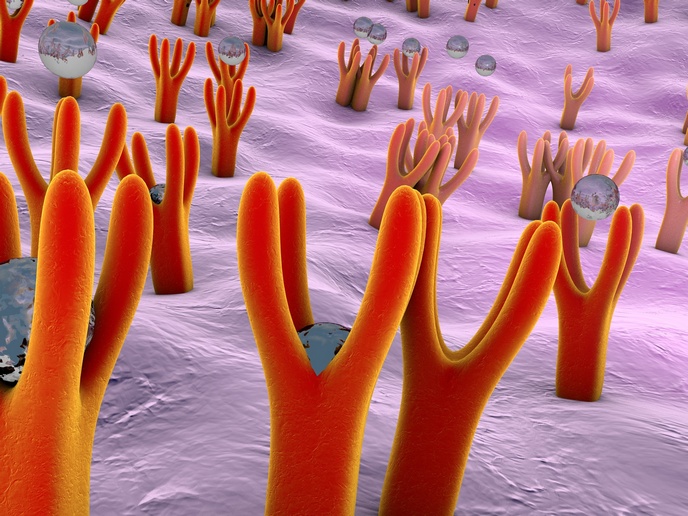Better understanding olfaction
The EU-funded MOUSEOLF project focused on the olfactory system in mice and odour processing in particular. Composed of specialised olfactory sensory neurons (OSNs), this system has three sub-systems: main olfactory epithelium (MOE), vomeronasal organ (VNO) and the Grueneberg ganglion. Mice deficient in transient receptor potential cation channel, sub-family C, member 2 (TrpC2) in the VNO area exhibit altered sexual behaviour such as male-mounting. Lately, researchers successfully identified a population of OSNs in the MOE region expressing the TrpC2 protein. Until this finding, TrpC2 ion channels were believed to be present only in the VNO. MOUSEOLF researchers worked on characterising the OSNs expressing TrpC2 in the MOE region employing a transgenic approach with fluorescent labelling. Findings revealed that such OSNs are present in the dorso-frontal olfactory bulb and the ventro-caudal side of the olfactory bulb. Genetic ablation was used to compare and determine the role of non-vomeronasal TrpC2+ olfactory sensory population. Project outcomes should provide invaluable clues about the role of specialised OSNs in odour processing that could be applied for rodent population control. Other applications include behaviour modulation and the development of novel sensing devices.







